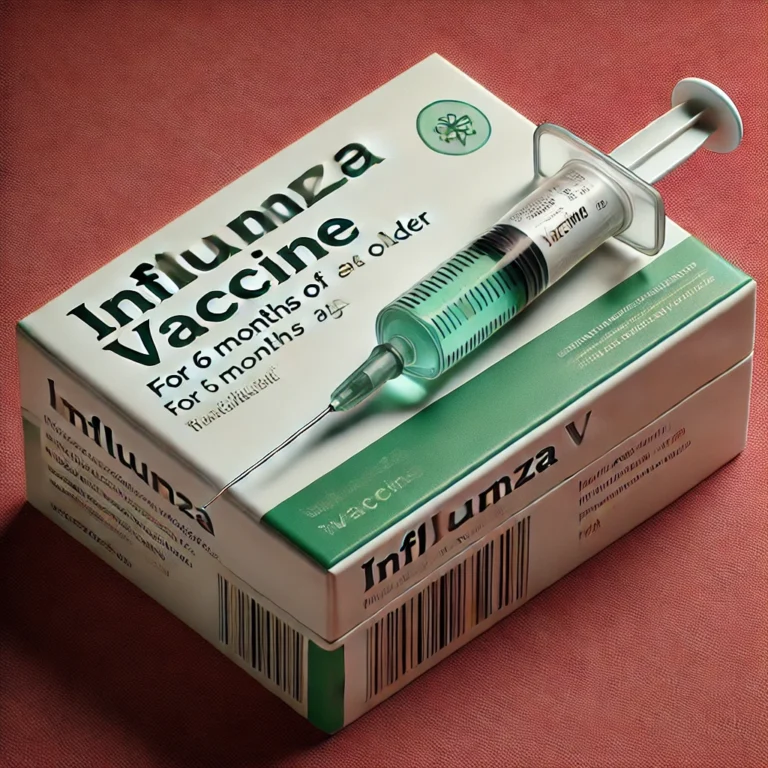As the mercury rises and heat waves become more frequent and intense, the impact of extreme weather on various aspects of life is becoming increasingly evident. One critical area where these effects are keenly felt is healthcare, particularly in regions prone to blistering temperatures like Phoenix, Arizona. In this article, we delve into the inner workings of a Phoenix hospital during a heat wave, exploring the challenges healthcare providers face and the strategies in place to ensure optimal patient care even in the midst of scorching conditions.
Challenges Faced by Phoenix Hospitals During Heat Waves
- Temperature Stress on Patients and Staff: The sweltering heat places immense stress on both patients and hospital staff. Patients, especially those with pre-existing health conditions, can experience exacerbated symptoms due to the extreme temperatures. Similarly, healthcare workers are at risk of heat-related illnesses while delivering care in often non-air-conditioned areas.
- Increased Patient Admissions: Heat waves often lead to a surge in heat-related illnesses, such as heat exhaustion and heatstroke. This influx of patients strains hospital resources, including beds, medical supplies, and staff availability.
- Energy and Resource Management: Air conditioning systems are pushed to their limits during heat waves, leading to skyrocketing energy consumption. Hospitals must juggle the need for cooling with the necessity to conserve energy, all while maintaining patient comfort.
Strategies for Ensuring Patient Care
- Preventive Public Health Campaigns: Hospitals collaborate with local authorities to launch public health campaigns that educate residents on staying hydrated, recognizing heat-related symptoms, and seeking medical attention when necessary. Preventive measures can significantly reduce the strain on emergency rooms.
- Emergency Preparedness Plans: Hospitals have robust emergency plans in place that are tailored for heat waves. These plans outline procedures for managing patient influx, redistributing staff, and coordinating with other healthcare facilities if necessary.
- Cooling Centers: Some hospitals set up cooling centers within their premises, offering a safe haven for community members seeking relief from the heat. These centers provide water, shade, and basic medical assistance if required.
- Staff Support and Safety Measures: Hospital administrators prioritize staff well-being by implementing measures such as flexible shifts, regular hydration breaks, and providing cool uniforms. This ensures that the healthcare workforce remains healthy and capable of delivering quality care.
- Energy-Efficient Infrastructure: Hospitals invest in energy-efficient technologies to minimize the strain on power grids during heat waves. From smart thermostats to advanced insulation, these measures reduce energy consumption without compromising patient comfort.
Conclusion
Navigating a heat wave in Phoenix is a formidable challenge, particularly for hospitals entrusted with the critical task of safeguarding public health. By understanding the unique challenges posed by extreme weather and implementing strategic measures, Phoenix hospitals continue to provide exemplary patient care. As the frequency of heat waves continues to rise, these facilities stand as a testament to the resilience of healthcare professionals and the adaptability of modern medical institutions in the face of nature’s most challenging conditions.












